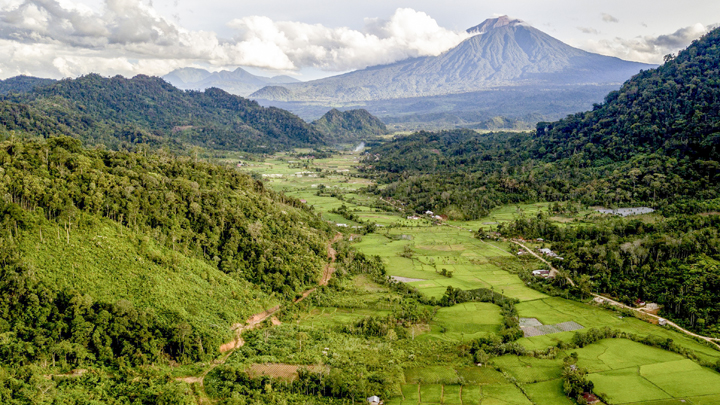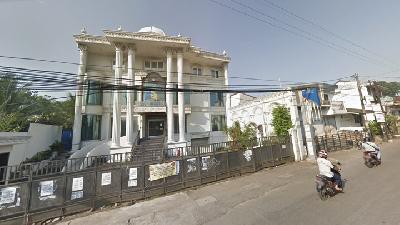Guardians of the Woods
Monday, February 4, 2019
arsip tempo : 171403803450.

Upon hearing that illegal loggers were taking woods from the hillside of Simancuang forest, Jalaludin Datuak Lelodirajo rounded up 40 men from his village. They came to where the illegal loggers were camping and told them, “It’s okay to take woods. It is not forbidden. But not from our land,” he said in a low tone.
This happened in 1997, and in November last year, Jalaludin told Tempo about how he and his neighbors evicted
...
Subscribe to continue reading.
We craft news with stories.
 For the benefits of subscribing to Digital Tempo, See More
For the benefits of subscribing to Digital Tempo, See More











